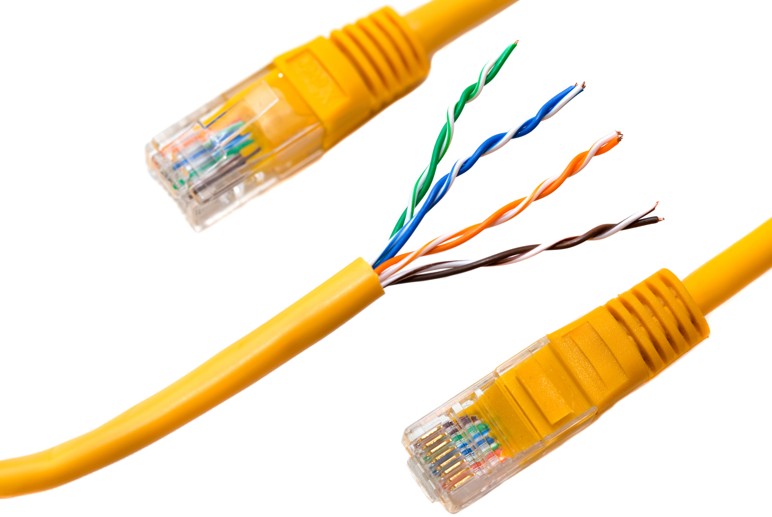EMC Question of the Week: February 17, 2025

By design, the twisted wire pairs in a CAT6 cable all have slightly different
- characteristic impedances
- wire diameters
- twist rates
- imbalance factors
Answer
The best answer is “c.” Although the twist rate is not specified in the standard, CAT6 cable manufacturers twist each of the four wire pairs at a slightly different rate. A key advantage of twisted wire pairs compared to untwisted wire pairs is that electric- and magnetic-field coupling to one twist section of the wire pair tends to be canceled by the coupling to the next twist section. However, if two parallel cables had the same twist rate, the changing polarity of each source cable section could match the changing polarity of the receiving cable section, and the coupling could be enhanced. In long cables, using different pitch rates ensures that the coupling between twist sections will be out-of-phase as often as it is in-phase.
All four wire pairs in a CAT6 cable nominally have the same characteristic impedance and use wires with the same nominal diameter. They are carefully constructed to ensure that they are as balanced as possible (h = 0.5).
Have a comment or question regarding this solution? We'd like to hear from you. Email us at
